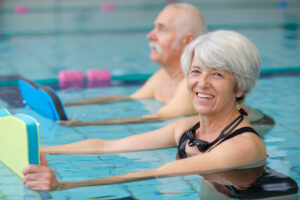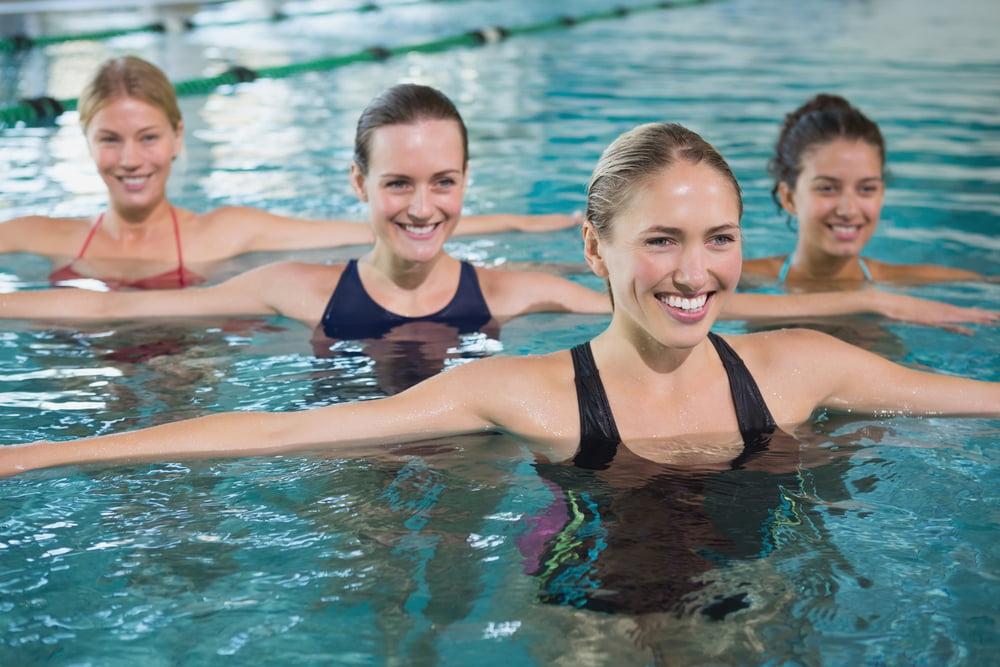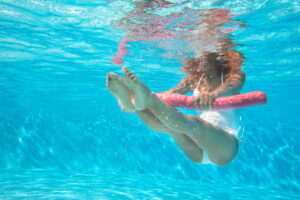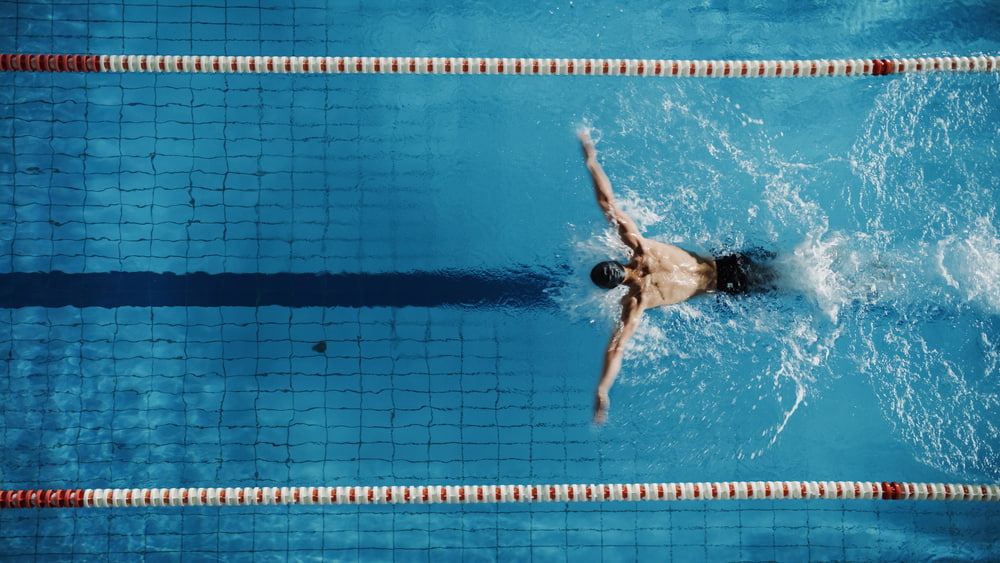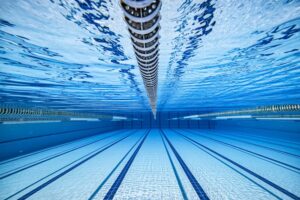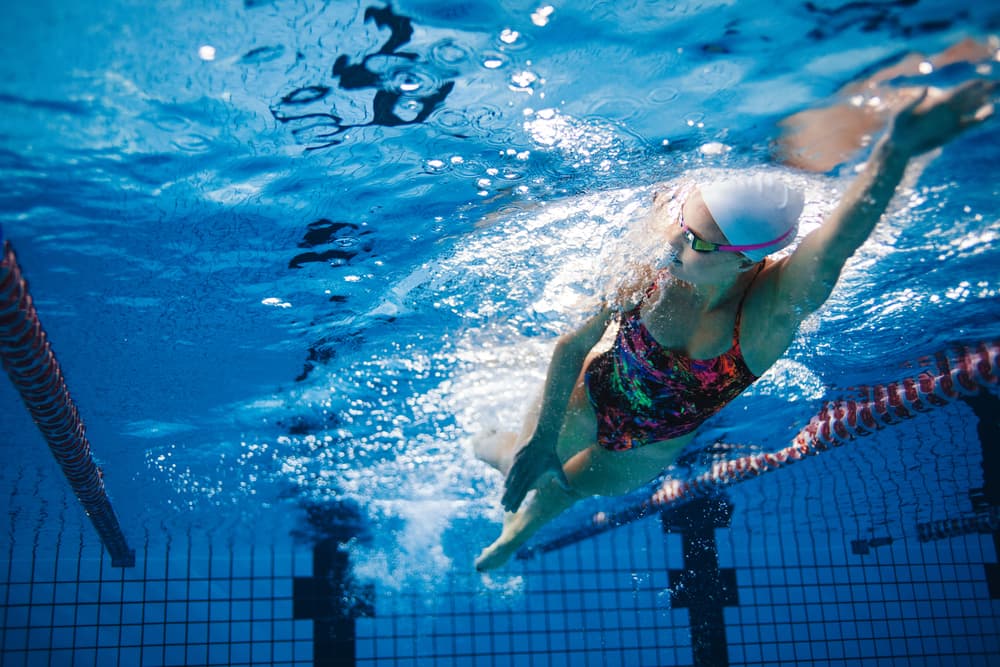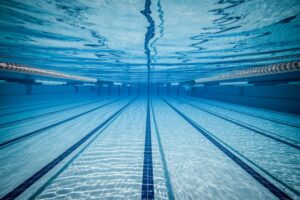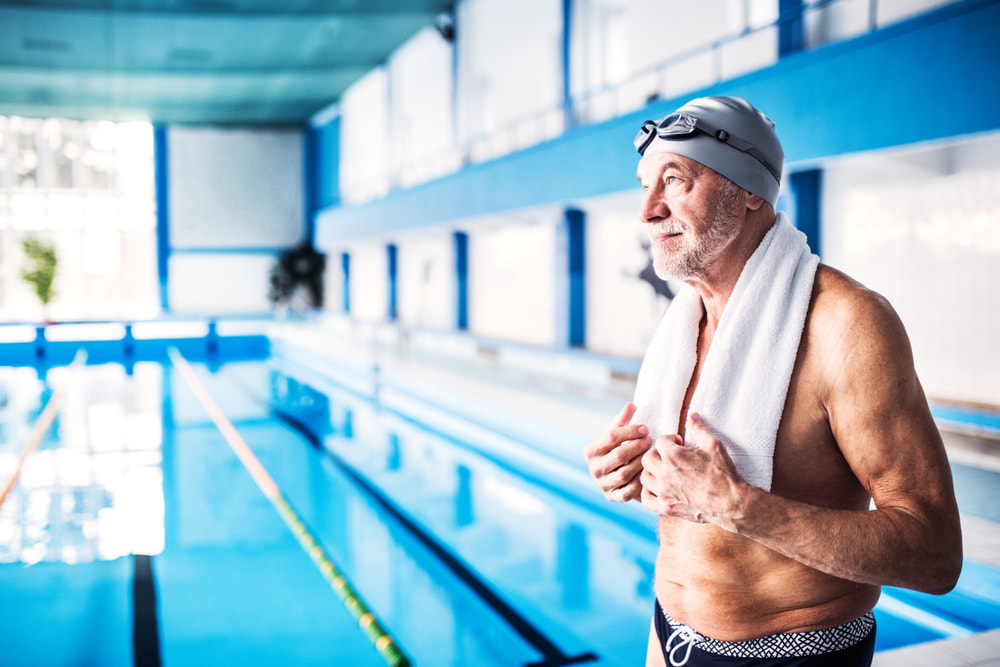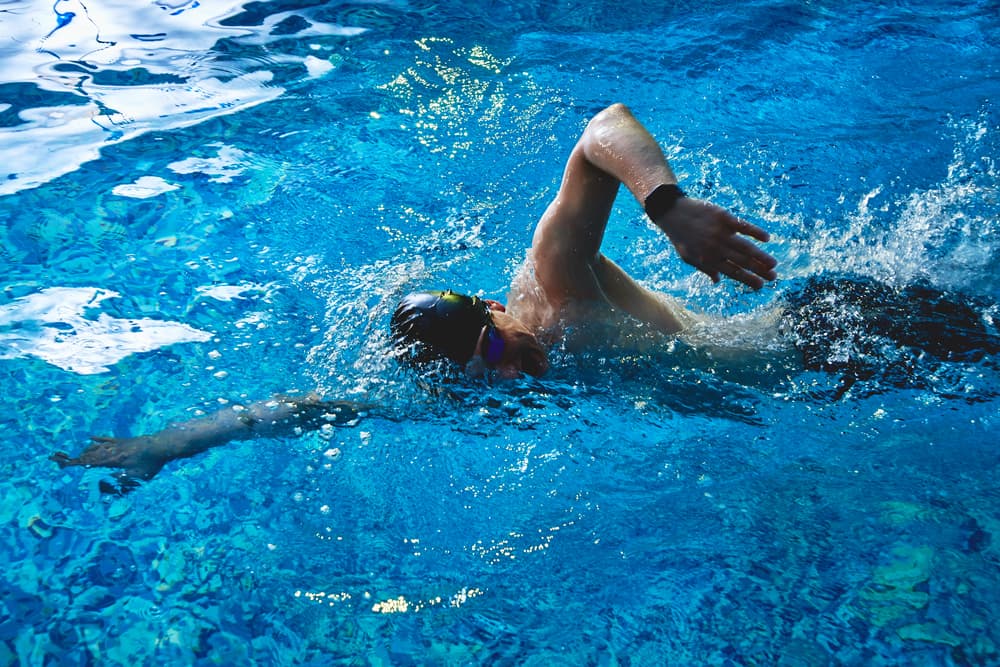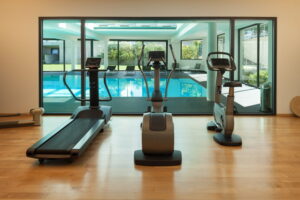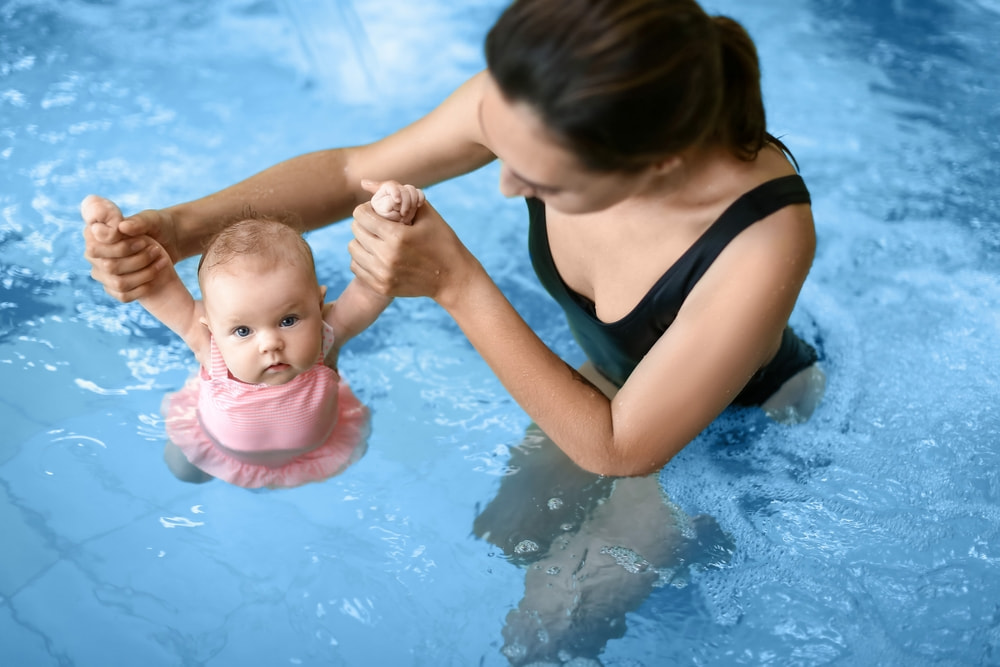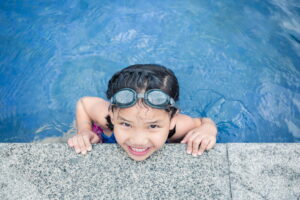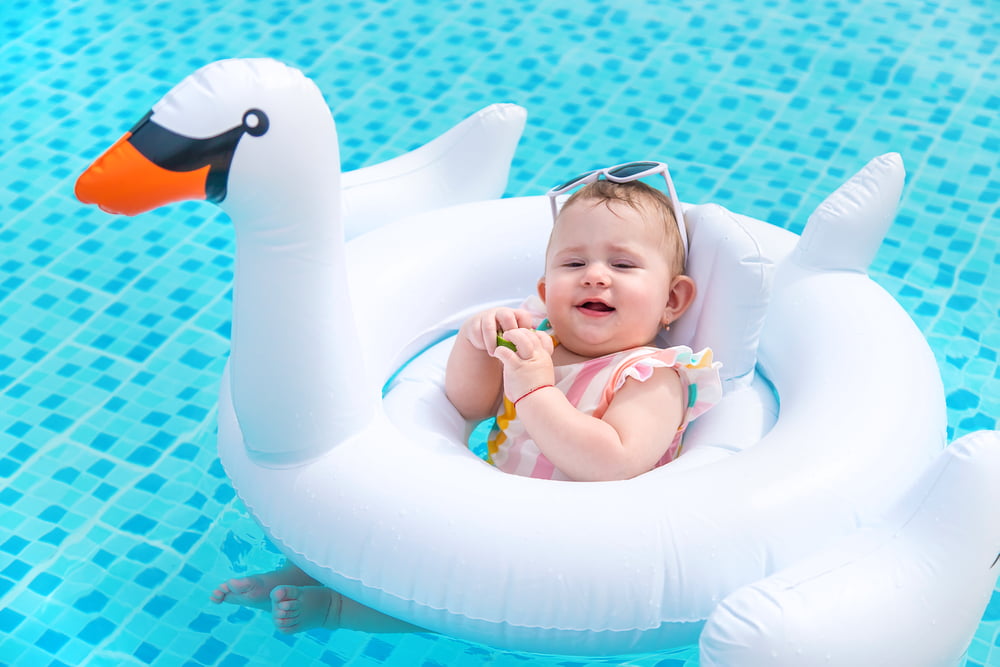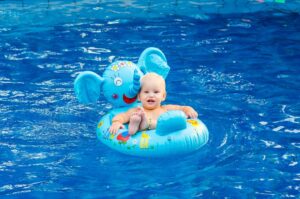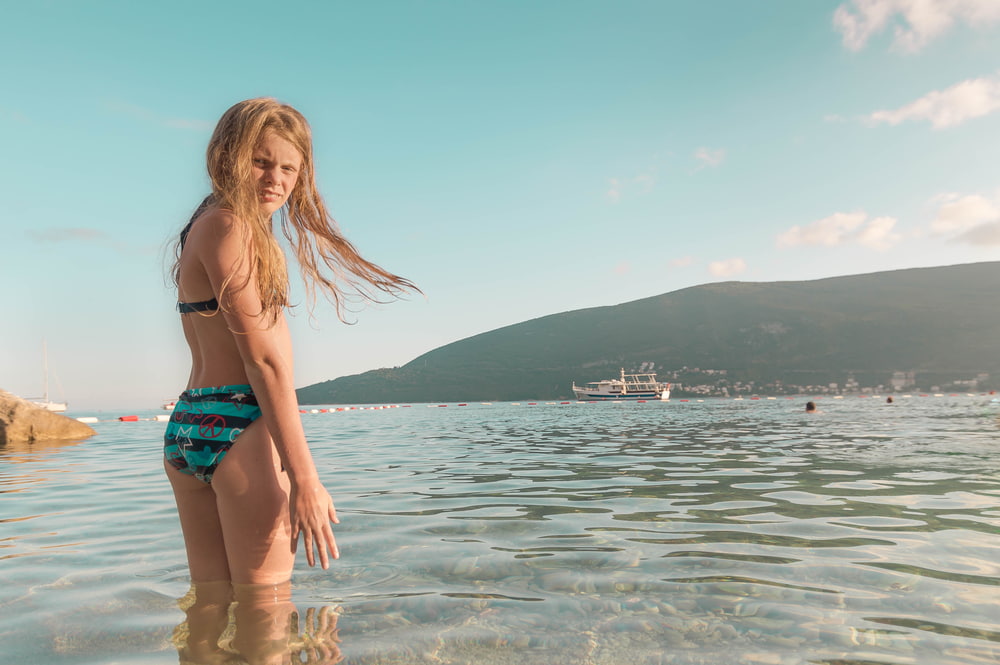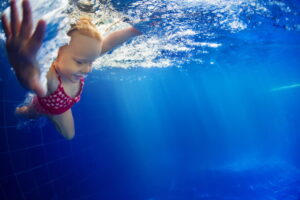Common Questions About Water Aerobics
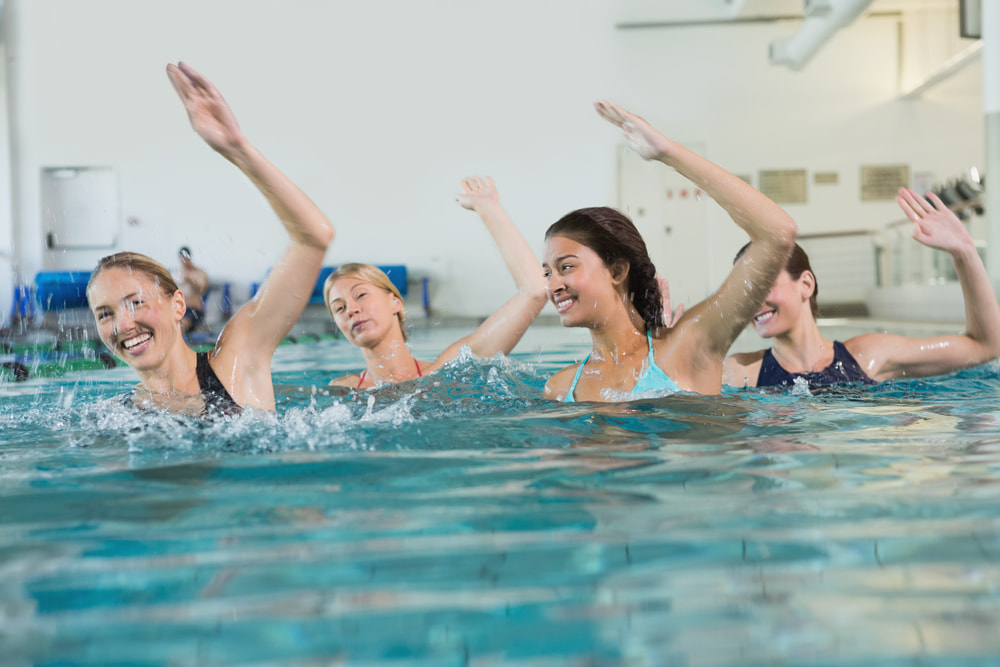
The popularity of aquatic group fitness classes is on the rise in San Diego, CA, as people of all ages and fitness levels can benefit from this kind of physical activity. Are you looking for low-impact exercises to alleviate joint pain? Do you want to change your exercise routine? Then water aerobics is for you!
In the following article, we’ll dive into some of the most common questions about water aerobics, exploring its effects on our joints, especially knees, and overall health. Plus, we’ll give you some tips on how to get the most out of this popular form of exercise. Read on and get ready to take the plunge!
Is water aerobics good for bad knees?
If you have bad knees, water aerobics is a fantastic exercise that will help you ease any pain. This is because the buoyancy of water supports your whole body and reduces the stress placed on your joints, making it a low-impact workout that allows you to move freely and safely.
Since water naturally provides resistance in all directions, water aerobics can help you work on flexibility and improve the strength of the muscles around your knees, which can prevent future knee injuries. The improved range of motion in your joints you can achieve doing exercises in the water can be really beneficial if you have problems with stiff or arthritic knees.
Important notes
Even though water aerobics is generally regarded as a safe form of exercise for bad knees, you should always consult a healthcare professional first, especially if you’ve had severe injuries or other health issues. They’ll give you personalized advice and confirm if water aerobics is safe for your state.
Also, you should always work with qualified instructors. This is particularly important if you are a beginner. These pros will ensure you’re doing the right exercises and supervise you while practicing to minimize injury risks and increase the benefits of your workout.
How long should water aerobics be?
Normally, a water aerobics session lasts 60 minutes, and your instructor will keep you motivated by guiding you through a series of moves set to music. The workout begins with a warm-up, then moves on to cardio and strength-training exercises, followed by a cooldown.
However, the length of a water aerobic class can depend on your overall health, fitness level, and personal goals. For instance, if you’re just beginning and haven’t done any exercises recently, an hour-long session might be too long. Also, if you prefer high-intensity workouts or if you’re just looking for a way to increase your joint mobility, shorter sessions might be sufficient.
Why do I feel so tired after water aerobics?
If a water aerobics session is intense and one hour long, it’s completely normal to feel exhausted after it. This happens because, during an effective water aerobics workout, you simultaneously engage different muscle groups and burn calories. Also, this is a great cardiovascular exercise, raising your heart rate. If you aren’t used to doing cardiovascular workouts regularly, your body might feel tired as it adjusts to the increased workload.
Where can I take aquatic group fitness classes in San Diego, CA?
Water aerobics does wonders for your body, from toning your legs and burning calories to soothing your nervous system, to name just a few. If you’re looking for a perfect place in San Diego to take classes that suit your personality, Plunge San Diego is your best choice.
We offer a wide variety of water aerobics classes, and our experienced instructors will kindly provide all the support you need. On top of that, there are numerous membership options, such as a sauna, obstacle course, turf space, and much more! Visit us at our location near Belmont Park, and get ready to splash!
